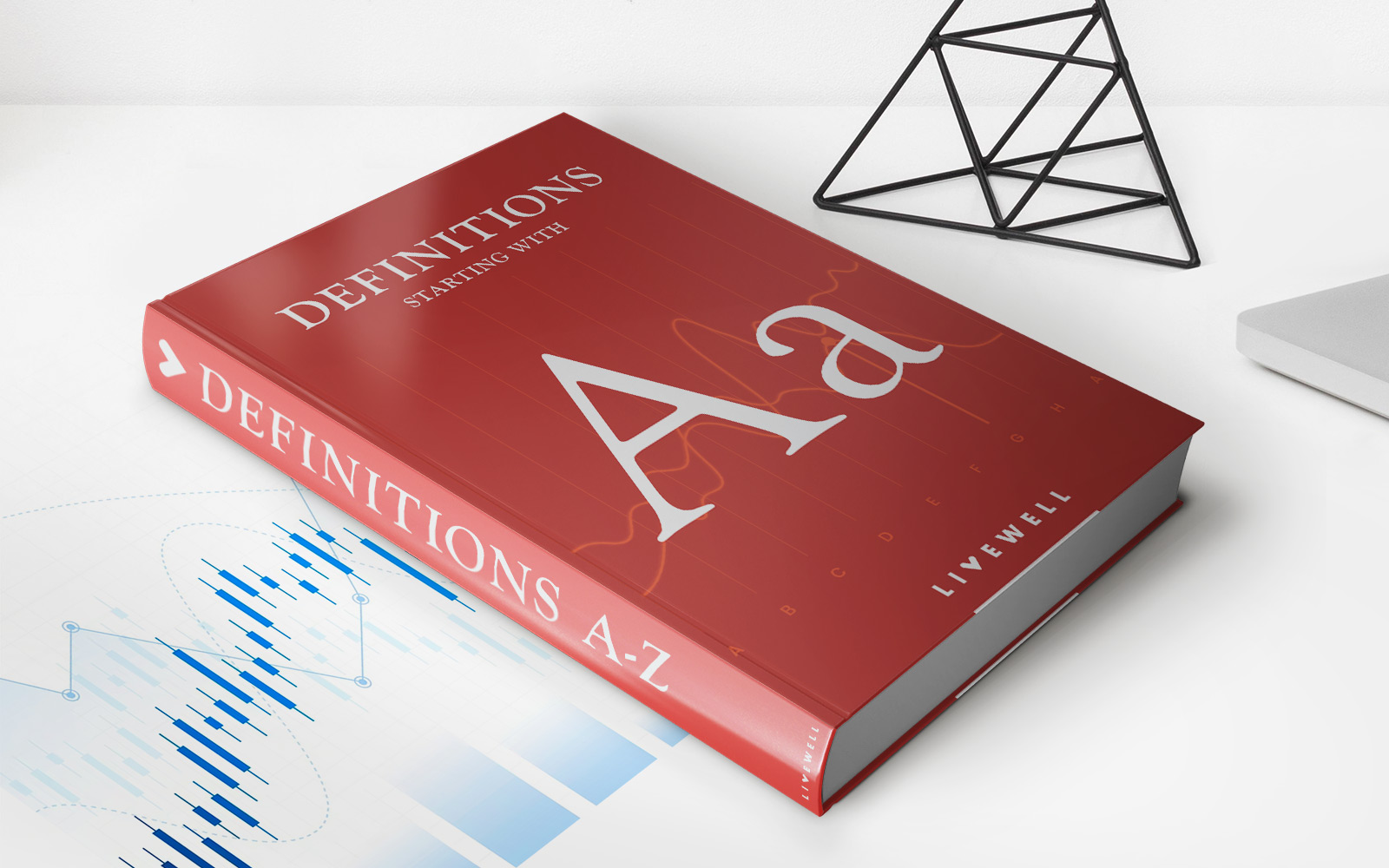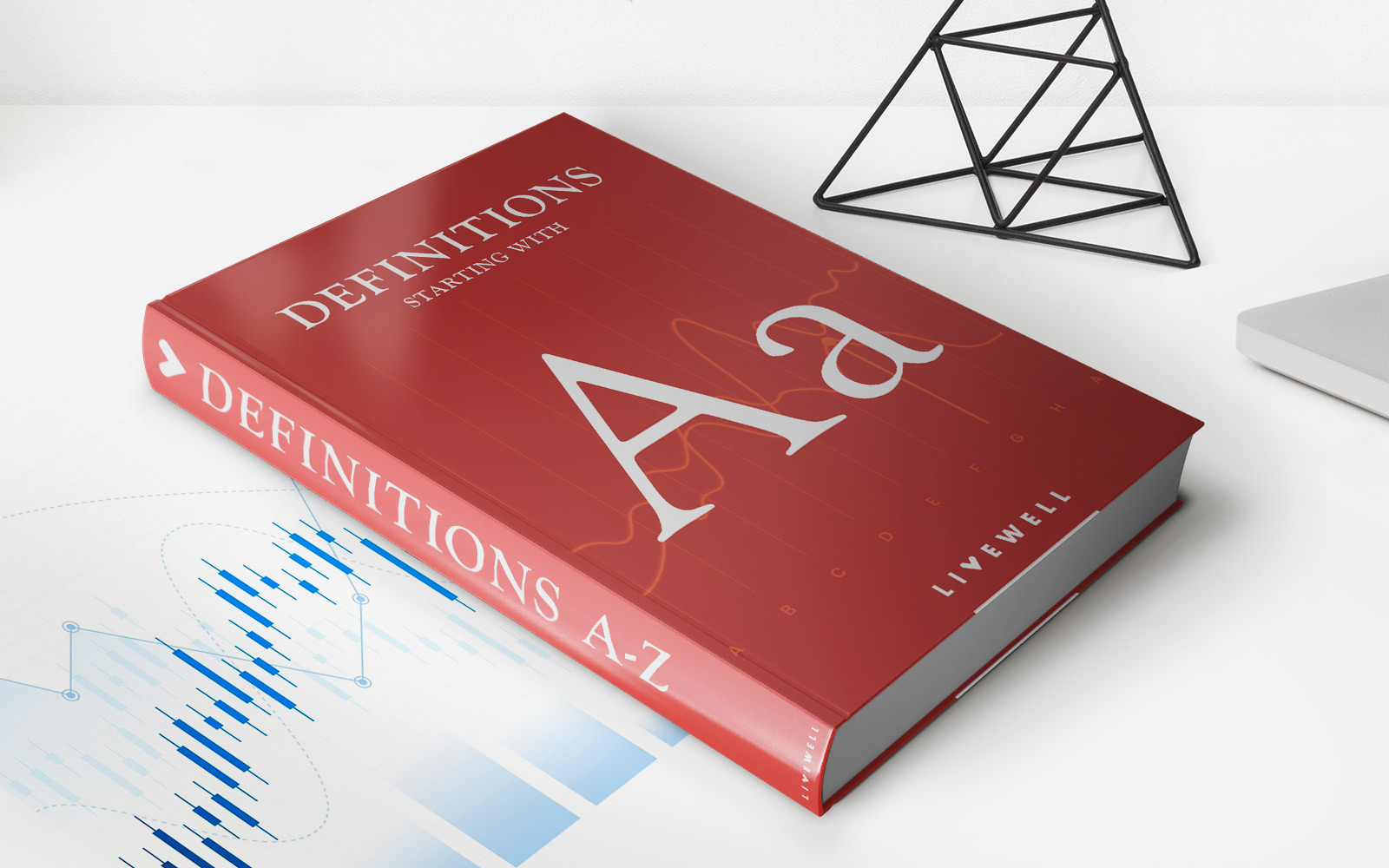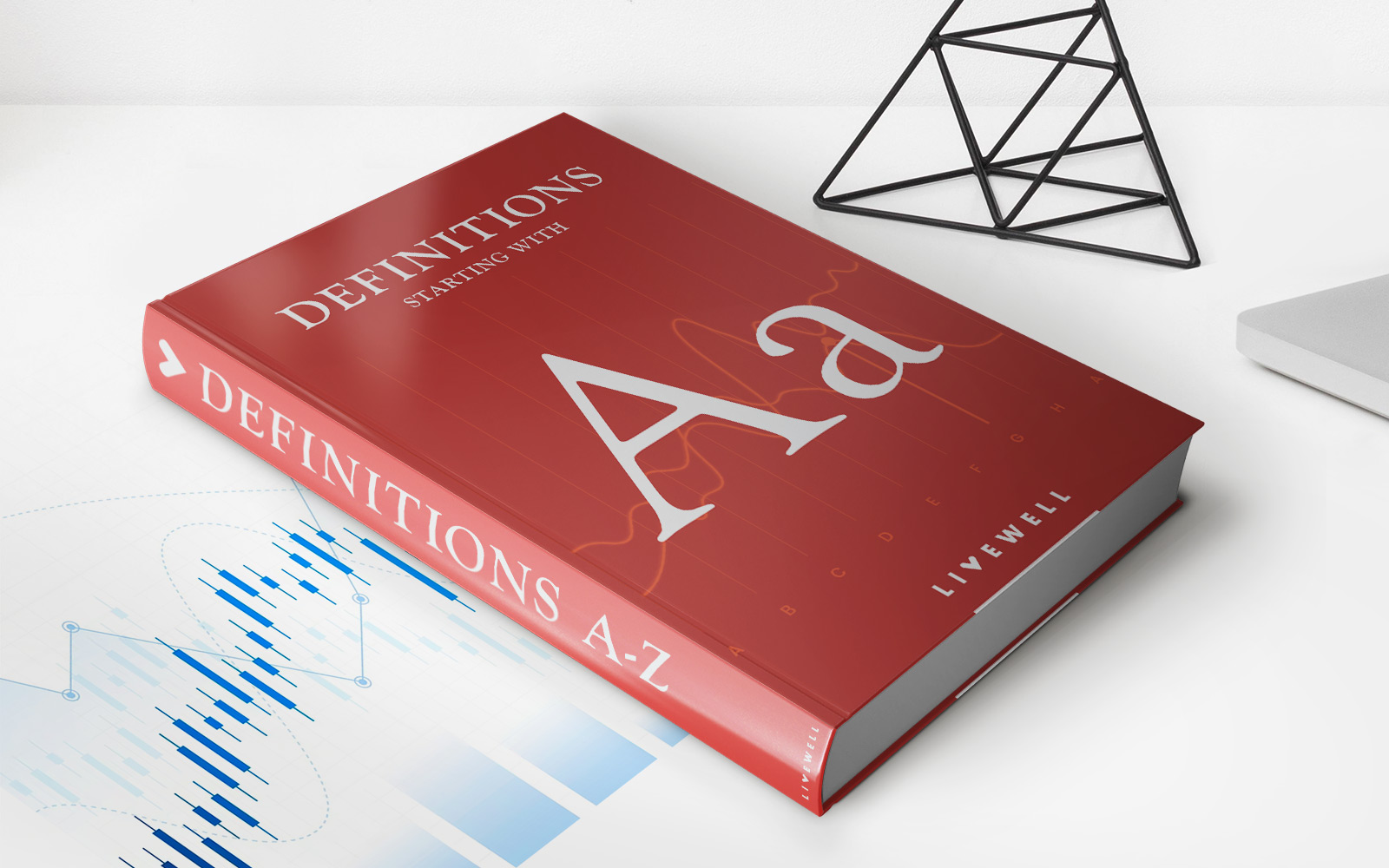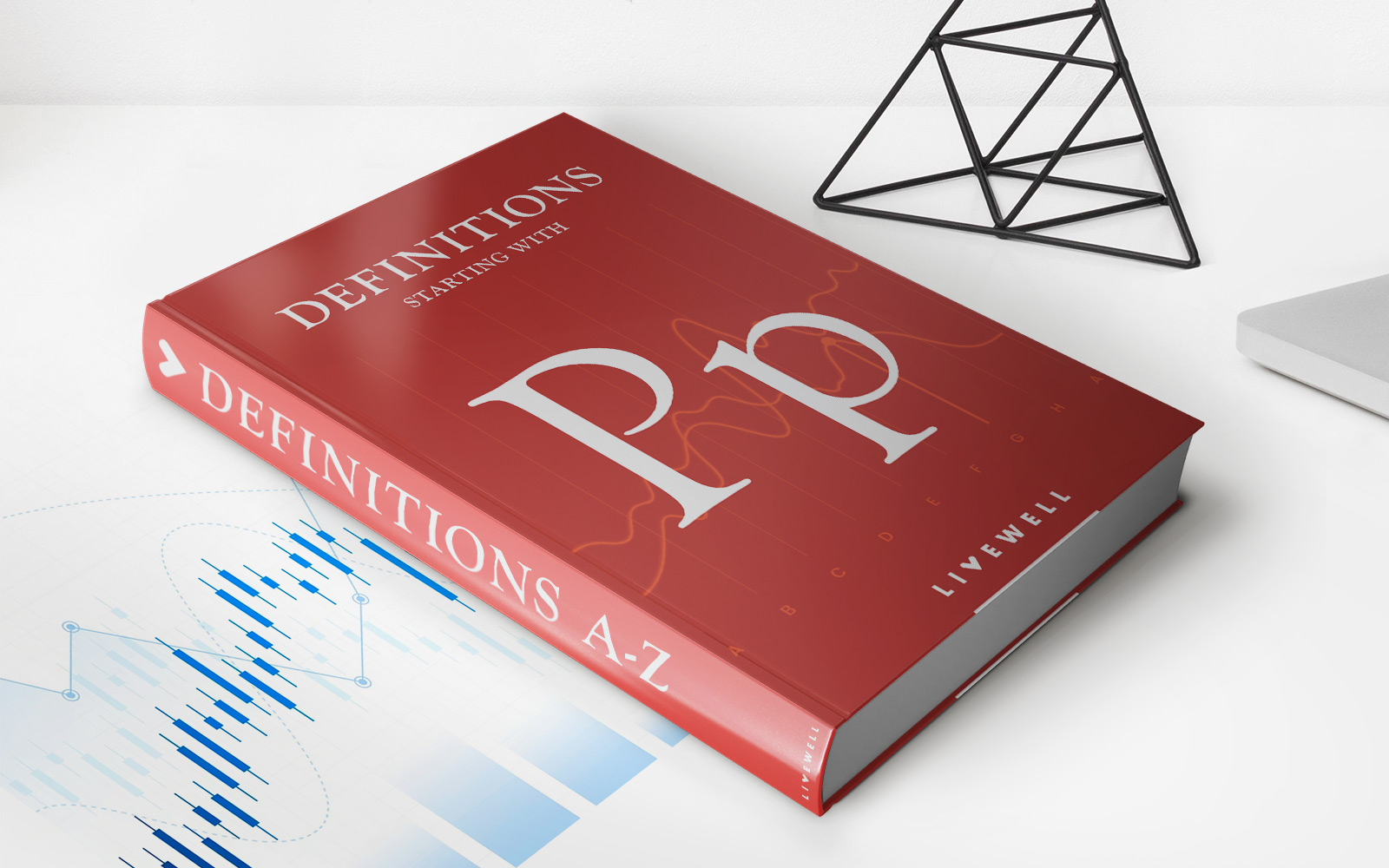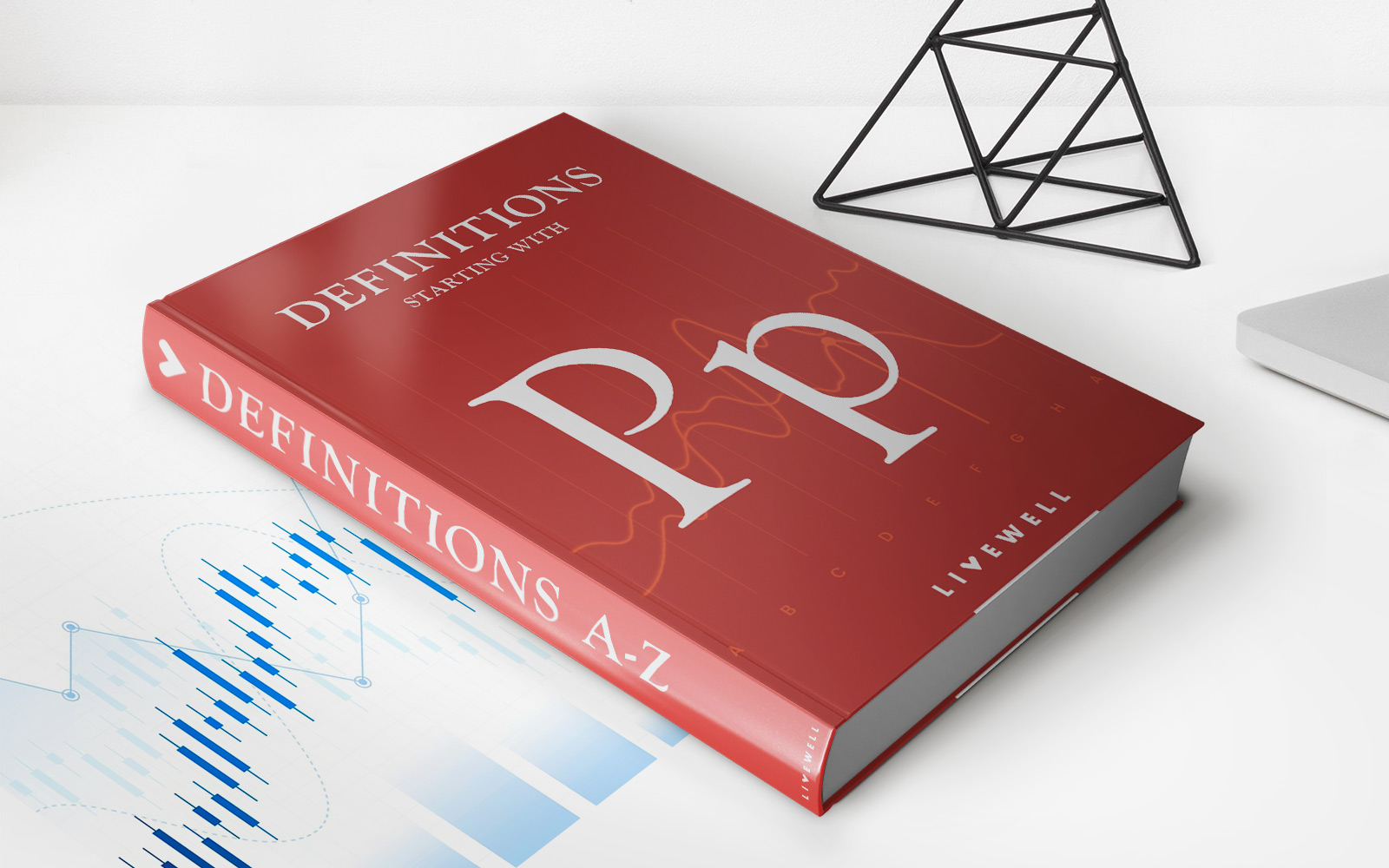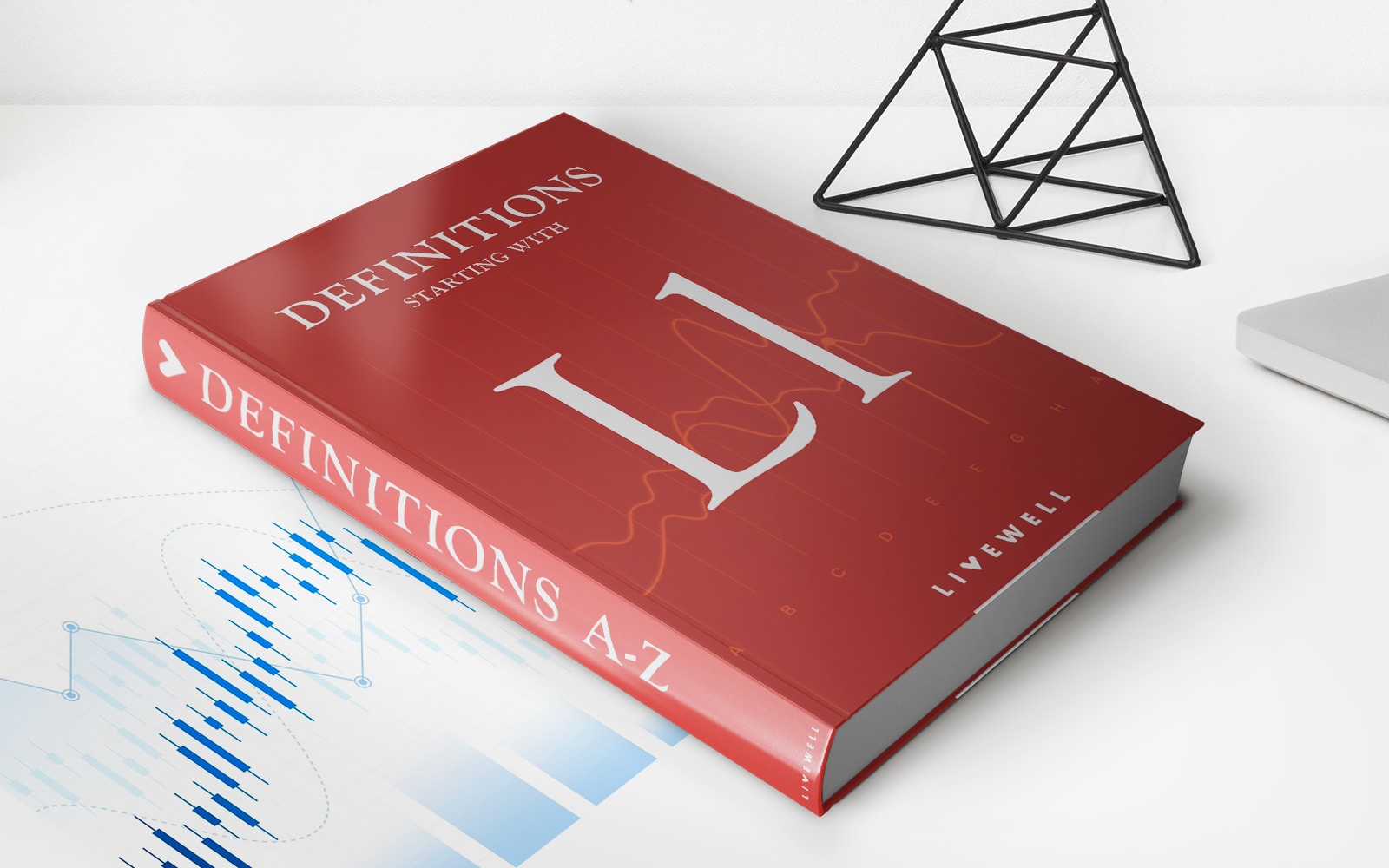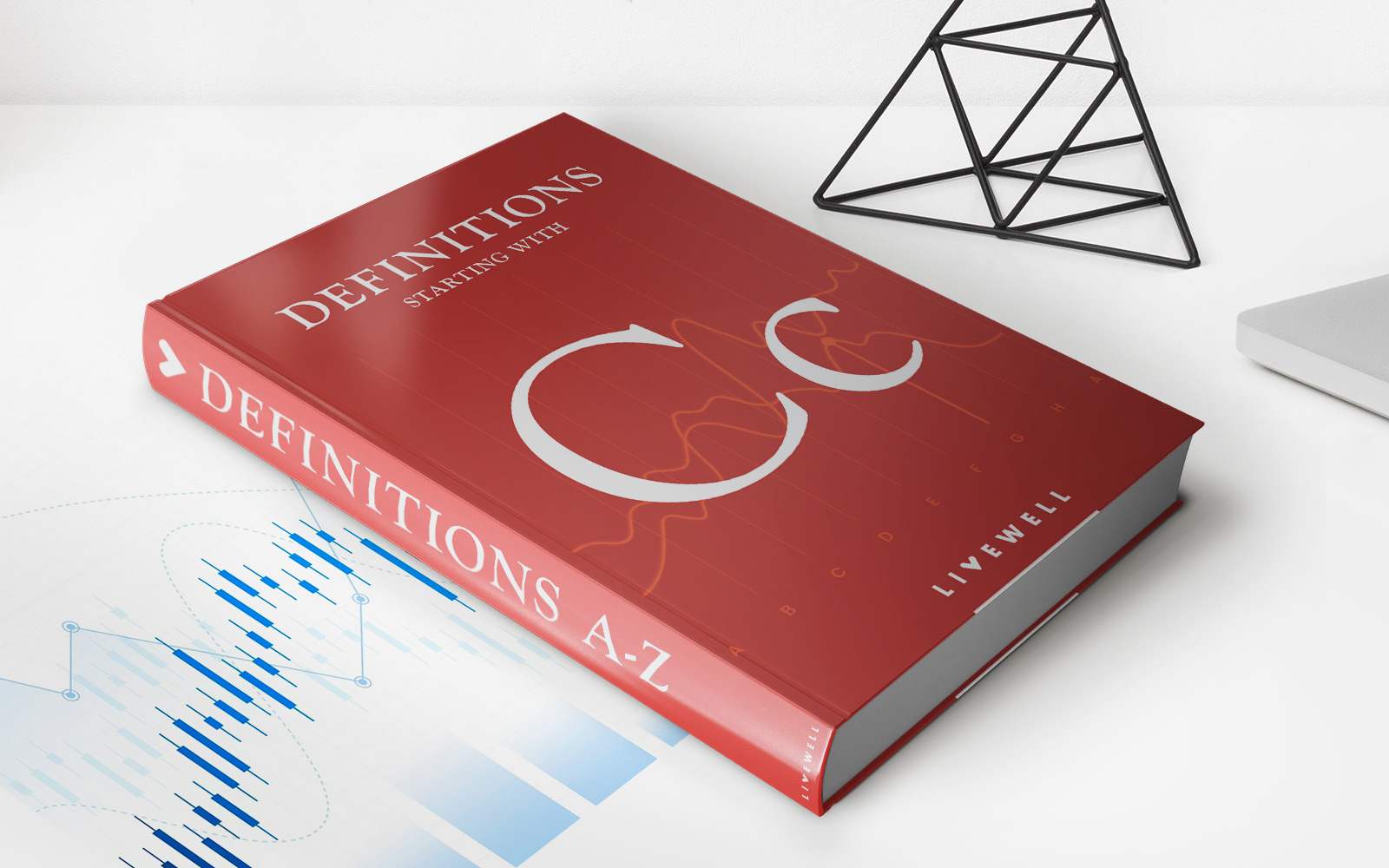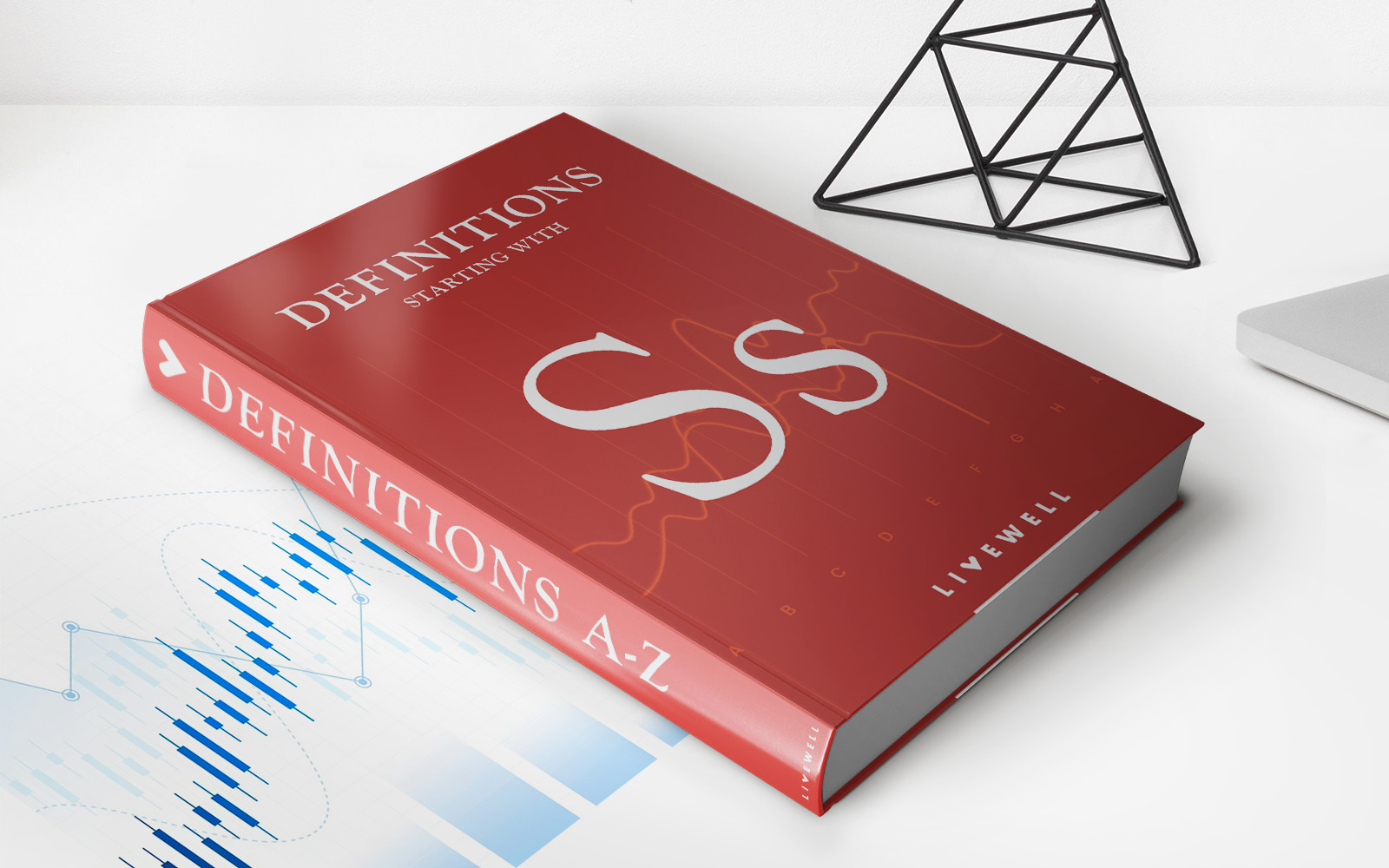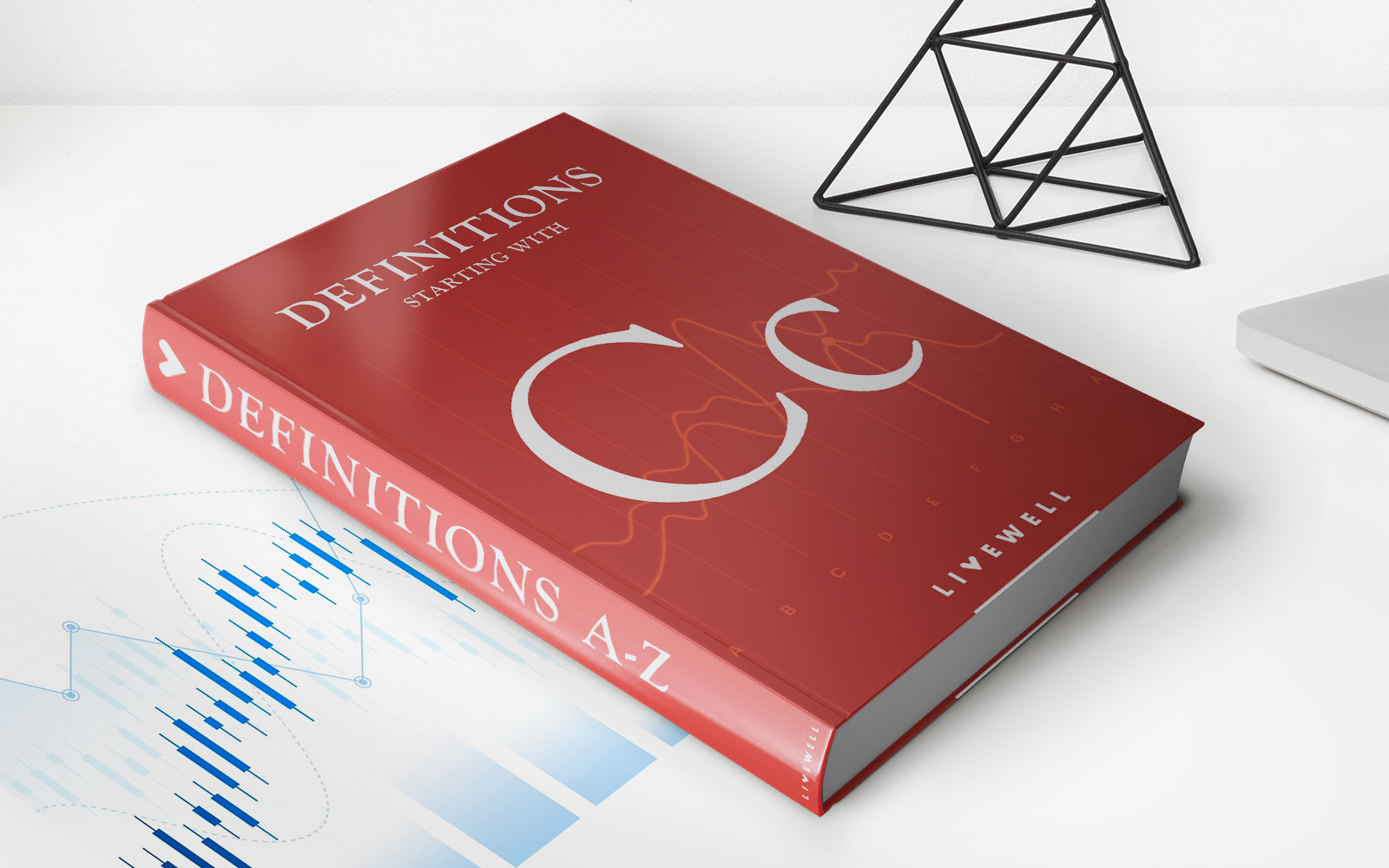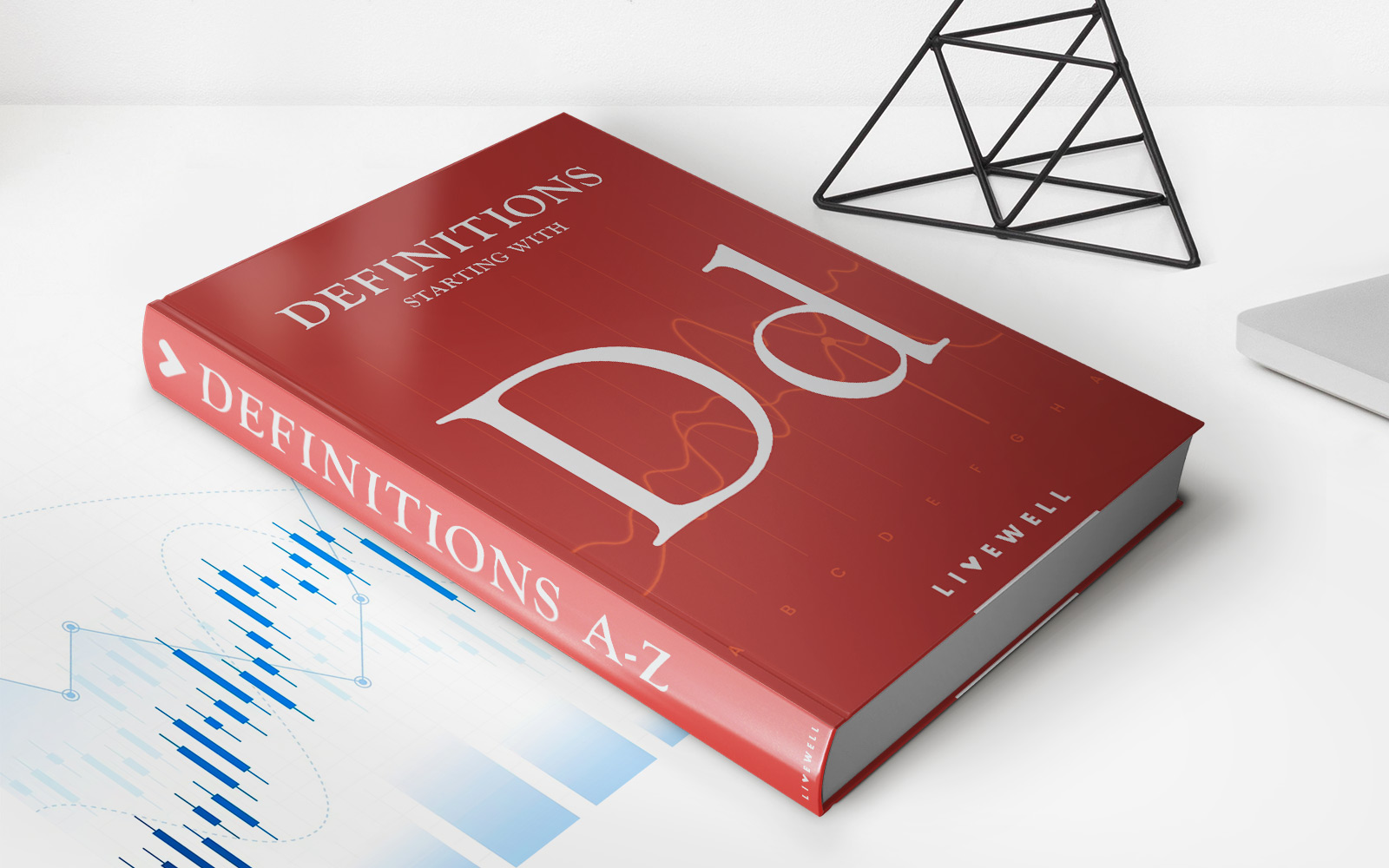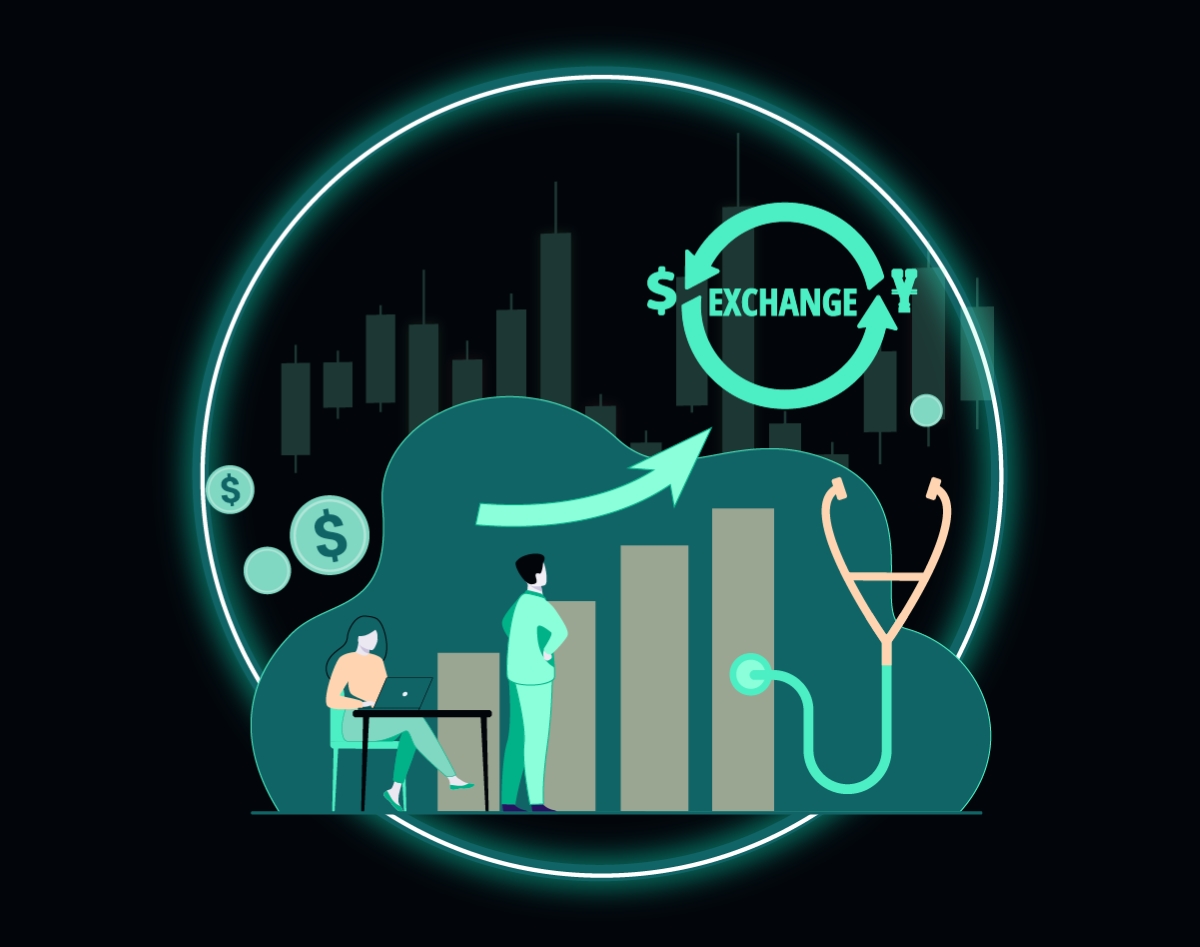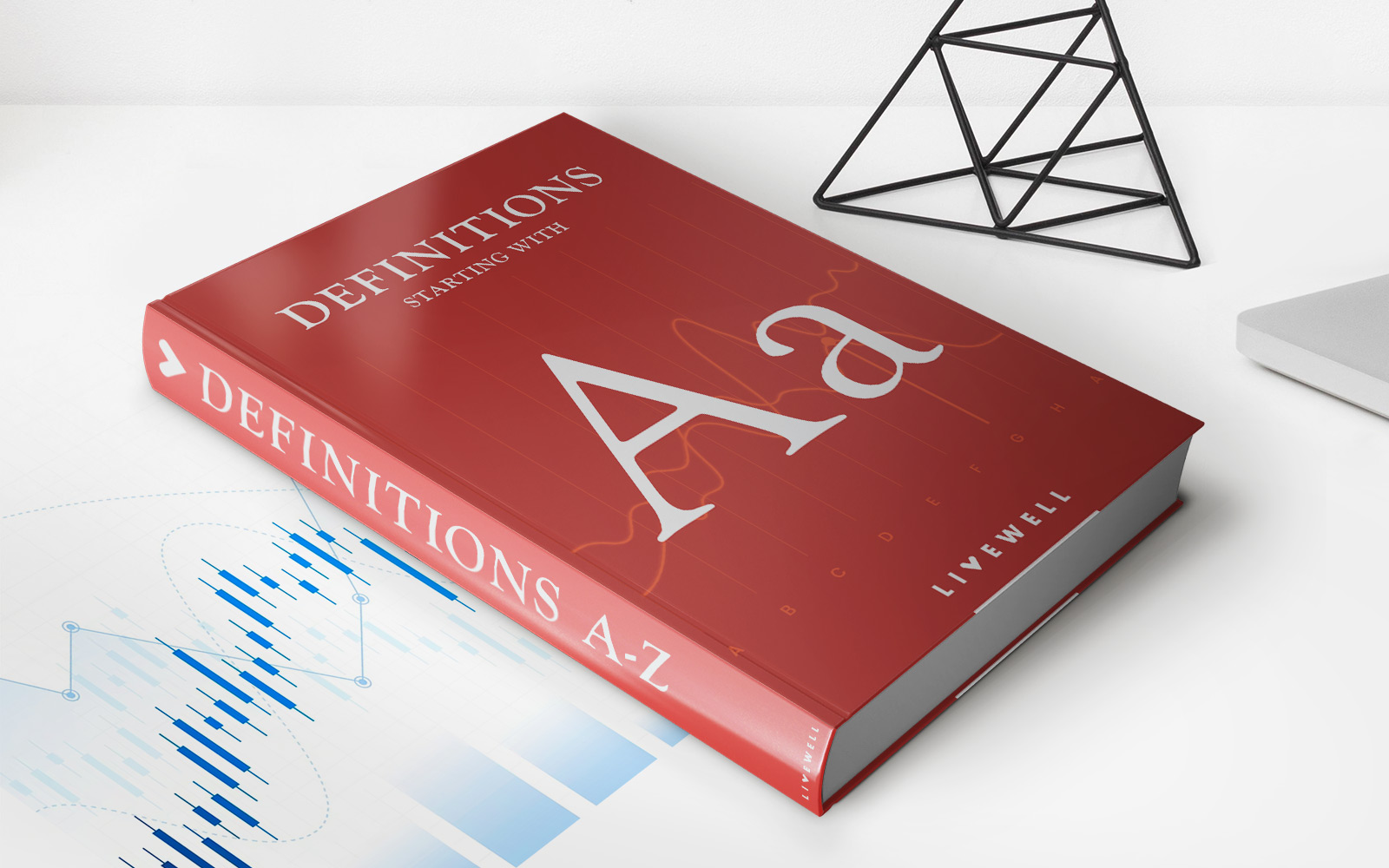

Finance
Aggregate Product Liability Limit Definition
Modified: February 21, 2024
Learn about the aggregate product liability limit definition in the finance industry. Understand how this limit affects financial institutions' liability for multiple claims.
(Many of the links in this article redirect to a specific reviewed product. Your purchase of these products through affiliate links helps to generate commission for LiveWell, at no extra cost. Learn more)
Understanding Aggregate Product Liability Limit Definition
Welcome to our Finance category! In this blog post, we are going to dive into the topic of Aggregate Product Liability Limit Definition. If you’ve ever wondered what this term means and how it relates to your finances, keep reading. We will break it down for you in a simple and easy-to-understand manner.
Key Takeaways:
- Aggregate product liability limit refers to the maximum amount an insurer is willing to pay for all claims against a company’s product in a given policy period.
- Understanding your aggregate product liability limit is crucial for managing potential risks and ensuring your business is adequately protected.
But first, let’s start with a basic question: What does “aggregate product liability limit” really mean? Well, when it comes to product liability insurance, this limit defines the maximum amount an insurance company will pay for all claims resulting from your product within a specific policy period. It encompasses the total liability of your company, rather than individual claims.
Now, you may be wondering why this matter to you and your finances. Here are two key reasons why understanding the aggregate product liability limit is critical:
1. Protection against Costly Claims:
Product liability claims can be financially devastating for businesses. Without proper coverage, you may be left responsible for the entire cost of legal fees, settlements, and other expenses related to a claim. Understanding your aggregate product liability limit helps you assess whether the coverage provided by your insurance policy is adequate to protect your business from potential financial losses.
2. Risk Management:
By understanding your aggregate product liability limit, you can evaluate the level of risk associated with your product and make informed decisions. This includes analyzing your customers’ potential claims, monitoring trends in the industry, and ensuring your insurance coverage aligns with your risk management strategy. Being proactive in managing your risks can help safeguard your financial stability and reputation.
So, how can you ensure your business is protected and adequately covered? Here are a few steps to consider:
- Review your current product liability insurance policy and examine the aggregate product liability limit it provides.
- Evaluate your business’s potential exposure to product liability claims and make sure the coverage amount is sufficient to address those risks.
- Consult with an insurance professional or risk management expert to assess the adequacy of your coverage and explore additional options if needed.
- Regularly reassess your liability limits as your business evolves and grows to ensure continuous protection.
In conclusion, understanding the aggregate product liability limit is crucial for the financial well-being of your business. By evaluating and managing your risks effectively, you can protect your bottom line and safeguard your future. Take the time to understand your policy and consult with experts to ensure you have the right coverage in place.
We hope this blog post has provided you with valuable insights into the concept of aggregate product liability limit definition. For more informative content on finance and other topics, stay tuned to our blog!
